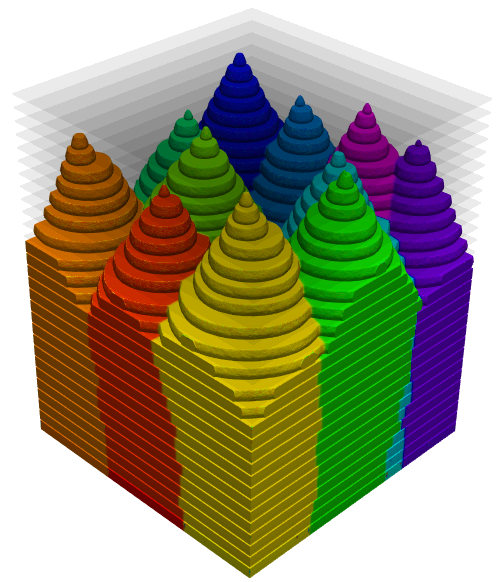
László Gránásy1,2, László Rátkai1, Igor Zlotnikov3, Tamás Pusztai1
1Institute for Solid State Physics and Optics, Wigner Research Centre for Physics, P.O. Box 49, Budapest H-1525, Hungary
2BCAST, Brunel University, Uxbridge, Middlesex, UB8 3PH, United Kingdom
3B CUBE - Center for Molecular Bioengineering, Technische Universität Dresden, Germany
Mollusks, as well as many other living organisms, have the ability to shape mineral crystals into unconventional morphologies and to assemble them into complex functional mineral–organic structures, an observation that inspired tremendous research efforts in scientific and technological domains. Despite these, a biochemical toolkit that accounts for the formation of the vast variety of the observed mineral morphologies cannot be identified yet. Herein, phase-field modeling of molluscan nacre formation, an intensively studied biomineralization process, is used to identify key physical parameters that govern mineral morphogenesis. Manipulating such parameters, various nacre properties ranging from the morphology of a single mineral building block to that of the entire nacreous assembly are reproduced. The results support the hypothesis that the control over mineral morphogenesis in mineralized tissues happens via regulating the physico-chemical environment, in which biomineralization occurs: the organic content manipulates the geometric and thermodynamic boundary conditions, which in turn, determine the process of growth and the form of the biomineral phase. The approach developed here has the potential of providing explicit guidelines for the morphogenetic control of synthetically formed composite materials.


